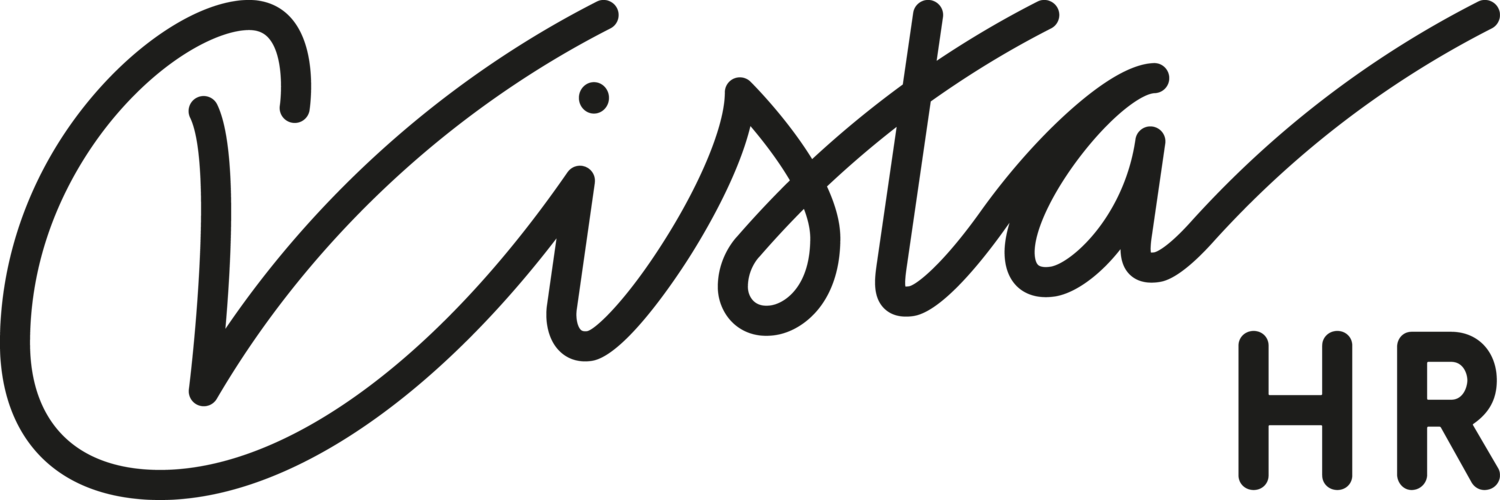I always believe that keeping employee communications a priority helps keep organisation improve in its performances – an engaged workforce would mean more success.
Proper communications do help in eliminating misunderstanding and assumptions, and also help to encourage a healthy and peaceful work environment. An age-old aphorism goes - “It’s not what you say, but how you say it.” It’s a profound learning process that we must pick up along the way. Efficient communication with the team and all will make work done effective and professional.
Here you go:
Setting the right tone
We tend to encounter employees who try to test boundaries, and see where is good for them to test your limits. However, be sure to display confidence and keep the tone right. Seriousness is key and important for employees especially when you meet the uninterested ones. They must understand and keep in mind the message sends across. If information sent across are seemed to be unimportant, employees will reciprocate the same.
Use simple terms and words & articulate well
We want everyone to be on the same page and yet not everyone is able to understand the same if you use bombastic words to communicate. Keep messages simple for everyone to understand. You do want to keep explaining yourself on any pointers and everyone forgets what was communicated before that.
Listen to your employees
Communications are never meant to be one-way. Always encourage your employees to speak or open during group discussions so that they can be guided properly. You never know, we may have other employees who are also having the same questions in their head, and assume their ways of answers.
Use multiple forms of communication channels
Everyone gets message across in different means. You’ve employees who are good listeners, others who are needs assistance in visual communications while more who digested messages slightly slowly as they need to go through your messages repeatedly. Whenever possible, distribute your messages in all different channels such as e-emails, posters, face-to-face, presentation slides etc.
Plan the communications – Feedback & Q&A
I’m sure no one stands in front of their employees stuttering, and cannot explain any pointers during the session. Plan it out and ensure that the messages are brought across coherently. You might want to have a check-box to ensure that you do not miss out any information. It is also good to have some answers prepared for Q&A session.
Encourage feedback during communications. It gives you the chance to know that your message has been brought across and also to measure the effectiveness of communication.

